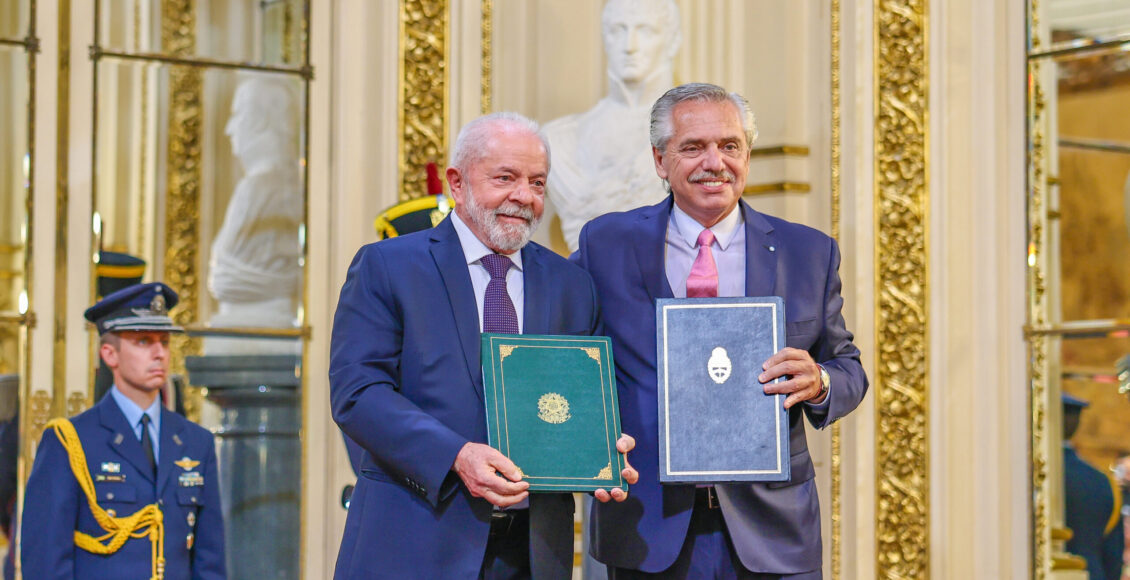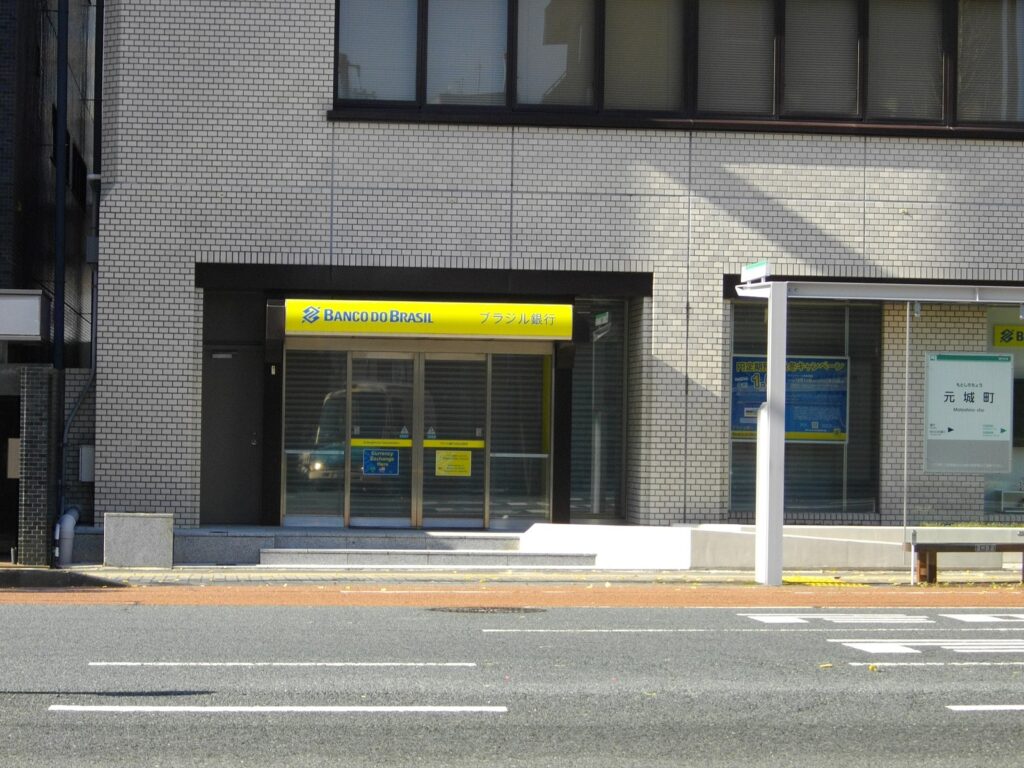Best Road Forward: How can Argentina Manage its Economic Crisis?

Argentina is currently facing an ongoing inflation crisis that has rattled the country’s economy. In 2023, the projected annual rate of inflation for the Argentine peso is 140 per cent and the economy is in a free fall. It faces domestic and international pressures as the country is challenged by the politicization of economic reform and buckling under IMF loan repayments. While the economy has been fluctuating drastically since 2011, the most recent economic crisis has been ongoing since 2018 when then President Mauricio Macri removed the “cepo,” a currency-exchange “clamp,” from the peso. This prompted the government to print more money and default on government bond payments. Argentina has struggled to recover, and the situation continues to be ever-more dire. The peso has become increasingly devalued against the US dollar, and Argentine markets are slow to bounce back.
Brief history of trade relations
Trade with neighbouring Brazil poses a possible solution for Argentina. Historically, the countries have worked together in establishing economic ties both in the form of bilateral and regional agreements. These agreements facilitate logistical discussions and support a joint system that can withstand regime change. In the past, both countries have shared common goals of adopting an export-oriented development strategy and becoming less dependent on the US dollar. Economic integration between the nations, especially in the industrial and agricultural industries, was tested during the chilly relationship between former Brazilian president Jair Bolsonaro and former Argentine president Alberto Fernández. This relationship has warmed up significantly, however, since the election of Luiz Inácio Lula da Silva: since 2022, bilateral trade has noticeably grown. Export revenues for Argentina mostly come from agricultural goods, with the largest exports being corn and soybean products, like soybean meal and soybean oil. In 2021, these goods were valued at $8.8 billion USD and $17.33 billion USD, respectively, a significant portion of Argentina’s $68.7 billion economy.
In 2023, a historic drought brought on by changing weather patterns prompted a 30 per cent decline in Argentine corn exports and 43 per cent decrease in the soybean crop yield. Brazil is a major destination for Argentine industrial goods. As a result of the drought, Argentina has been importing crops from Brazil at a higher rate than they are exporting industrial goods. This has resulted in a trade deficit of about $776 million, as Argentina has been forced to import the very goods it typically exports. A nation mired by financial pressures and low foreign currency reserves, Argentina is actively losing a critical part of its export economy.

Trade with Brazil now
Whilst trade with Brazil would ensure a source of income for Argentine firms, complications have arisen with how exactly Argentina can pay for imports of Brazilian goods. Typically, trade between the countries has been conducted in US dollars; however, faced with currency shortages, both nations are looking at other ways to finance trade. In May, Fernández and Lula met to discuss a resolution to the currency crisis . The two countries agreed to conduct bilateral trade in yuan, with guarantees from the CAF Development Bank of Latin America. The yuan agreement allows Argentina to pay for $140 million worth of goods in yuan, enabling Brazilian firms to be paid at a lower risk of Argentina defaulting. It also provides vital grain access to the Argentine population. The relatively small starting value is aimed to be a trial run, and the quantity reflects that this deal is somewhat more favourable towards Brazil. This policy is important both practically as a step towards de-dollarization as well as symbolically, as it affirms a good trade relationship between the two nations. Such a significant change in South America’s two largest economies shows a progression away from the US dollar that has been a trend elsewhere in Latin America. A variety of policies in both Brazil and Argentina have illustrated an increased commitment to expanding foreign reserves of the yuan.

A second form of continued trade with Brazil is through the involvement of international actors. The Development Bank of Latin America-CAF has stepped in to guarantee $600 million worth of goods as a counter to the Banco do Brasil. Representing many Latin American nations, the CAF and its decision to step in reflects the precipitous level of economic integration between the industrial and agricultural sectors of Brazil and Argentina. Leaders are hopeful the agreement will serve to revive trade. Without the organization stepping in, Argentina would lack strong and trustworthy financial institutions capable of guaranteeing such a deal. The CAF provides assistance, guarantees financing in US dollars, and protects the meagre Argentine currency reserves.
Global and domestic challenges
Argentina has faced economic crises frequently during the past decades, to the extent that CNN calls them a “loyal and bitter tradition”. The problems of poor governance, weak institutions, and economic mismanagement will continue to plague the country unless significant reform is accomplished. This reform can be painful and there is no clear step forward. The implementation of yuan in trade can help in the short term to protect the Argentine and Brazilian economies and open up new frontiers of international trade, but in the long run it is still an external currency in the region and the countries may emerge from US economic influence only to be tethered to China. Furthermore, the currency poses challenges when traded in financial instruments, as it does not possess the liquidity and flexibility that dollar-backed instruments have. This makes the processes of carrying out these agreements a larger headache for the countries utilizing the yuan.
As debate increases over policy decisions in light of a diminishing economy, the October 22 election reflects this polarization. Former President Fernández did not run for reelection as a result of the economic crisis; however, his Minister of Economy Sergio Massa won the election by a slim 6.7 per cent. This was shocking, as pre-election polls predicted libertarian economist Javier Milei to secure a hard-fought victory. Proponents of opposite economic models, Massa and Milei are set to advocate for their solutions once more behind the upcoming run-off election on November 19.
Milei, who swept the August primaries, is calling for dollarization by 2025. This process would consist of completely scrapping the peso and Central Bank, instead using the US dollar in all facets of life. Milei claims that the peso “couldn’t be worth even excrement,” a statement that has prompted outrage by news sources, economic analysts, and the other presidential candidates. Economist Elisabet Bacigalupo describes the political situation in light of the weak economy as dangerous and emphasizes that incendiary remarks by the candidates only increase economic uncertainty.
In addition to fanning the flames of economic uncertainty through words, doubts have emerged on the viability of dollarization as a policy. It is not a new concept in Latin America, with both Argentina and Ecuador having considered it in the past. Dollarization represents a progressive form of economic policy; some are hopeful that it has the potential to lower domestic interest rates and extend US macroeconomic stability to Argentina. However, it cannot replace well grounded policies and may be hard to enact in a country that is hesitant of rapid economic reform. These reforms would be widely needed to stabilise the labour market and reserves.
Milei’s far-right beliefs have transformed Massa from a “traitor” to a moderate candidate. Massa’s economic policy is centered around Peronism and ensuring the nation’s social welfare nets are funded. Since his appointment in July, he has only continued the previous economic policy and has not lifted the country out of the economic crisis. He has slashed income taxes and raised social spending to try and increase support, though these efforts have only served to keep inflation growing. In the long run, Argentina needs a way to ensure strong and stable economic growth to withstand constant fluctuations and uncertainty in the agricultural sector. Trade with Brazil is a good way to ensure export revenue; however, structural reforms are a necessity in order to enact long-lasting change.
Edited by Daniel Harris.
Featured image: “Lula and Fernández at Palácio do Planalto” by Ricardo Stuckert is licensed under CC BY 2.0.
